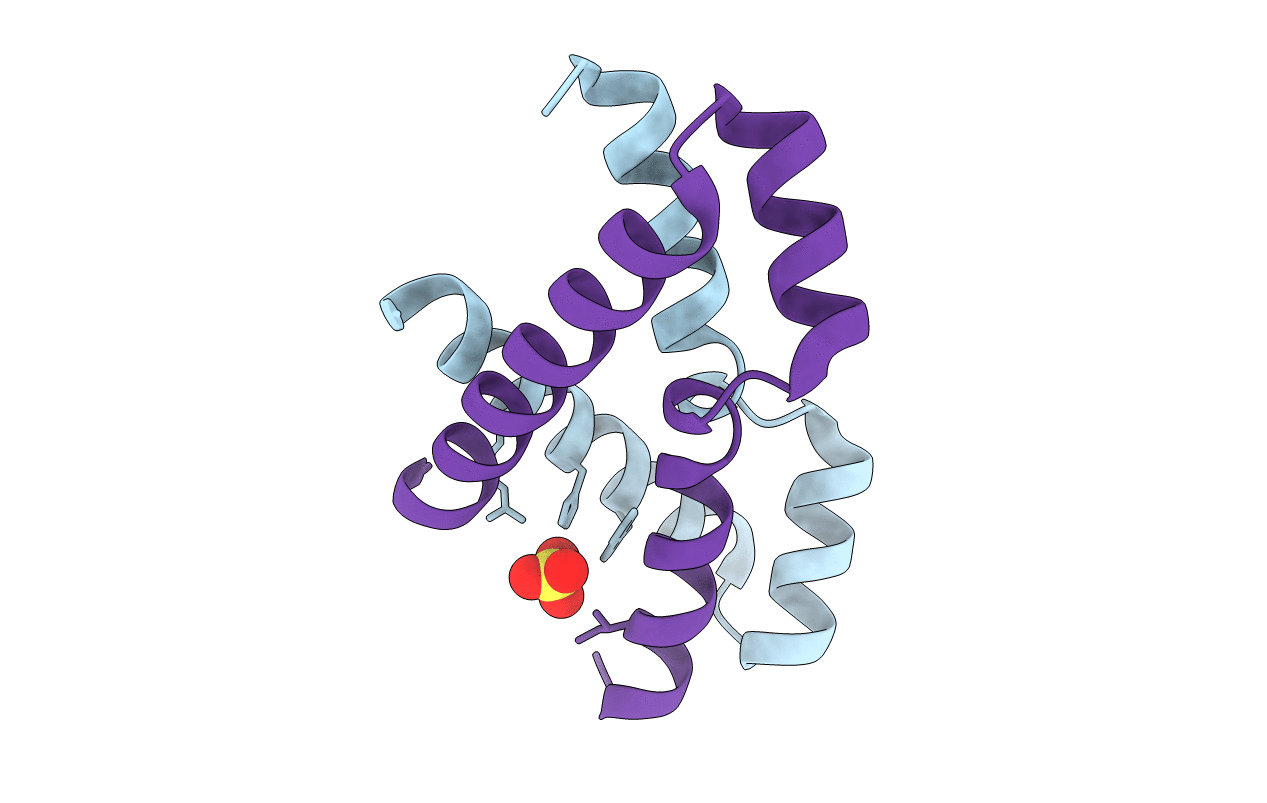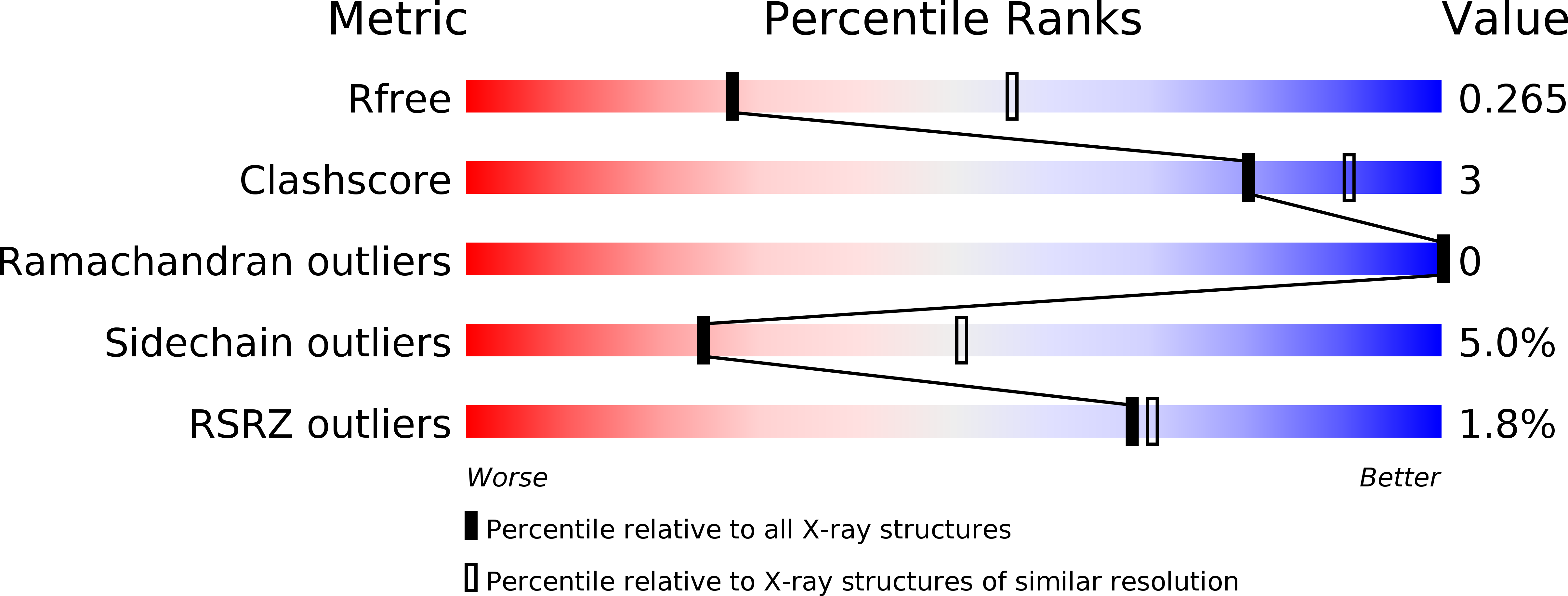
Deposition Date
2010-06-02
Release Date
2010-07-07
Last Version Date
2024-11-13
Entry Detail
PDB ID:
3NAU
Keywords:
Title:
Crystal structure of ZHX2 HD2 (zinc-fingers and homeoboxes protein 2, homeodomain 2)
Biological Source:
Source Organism:
Homo sapiens (Taxon ID: 9606)
Host Organism:
Method Details:
Experimental Method:
Resolution:
2.70 Å
R-Value Free:
0.26
R-Value Work:
0.20
R-Value Observed:
0.20
Space Group:
C 1 2 1


